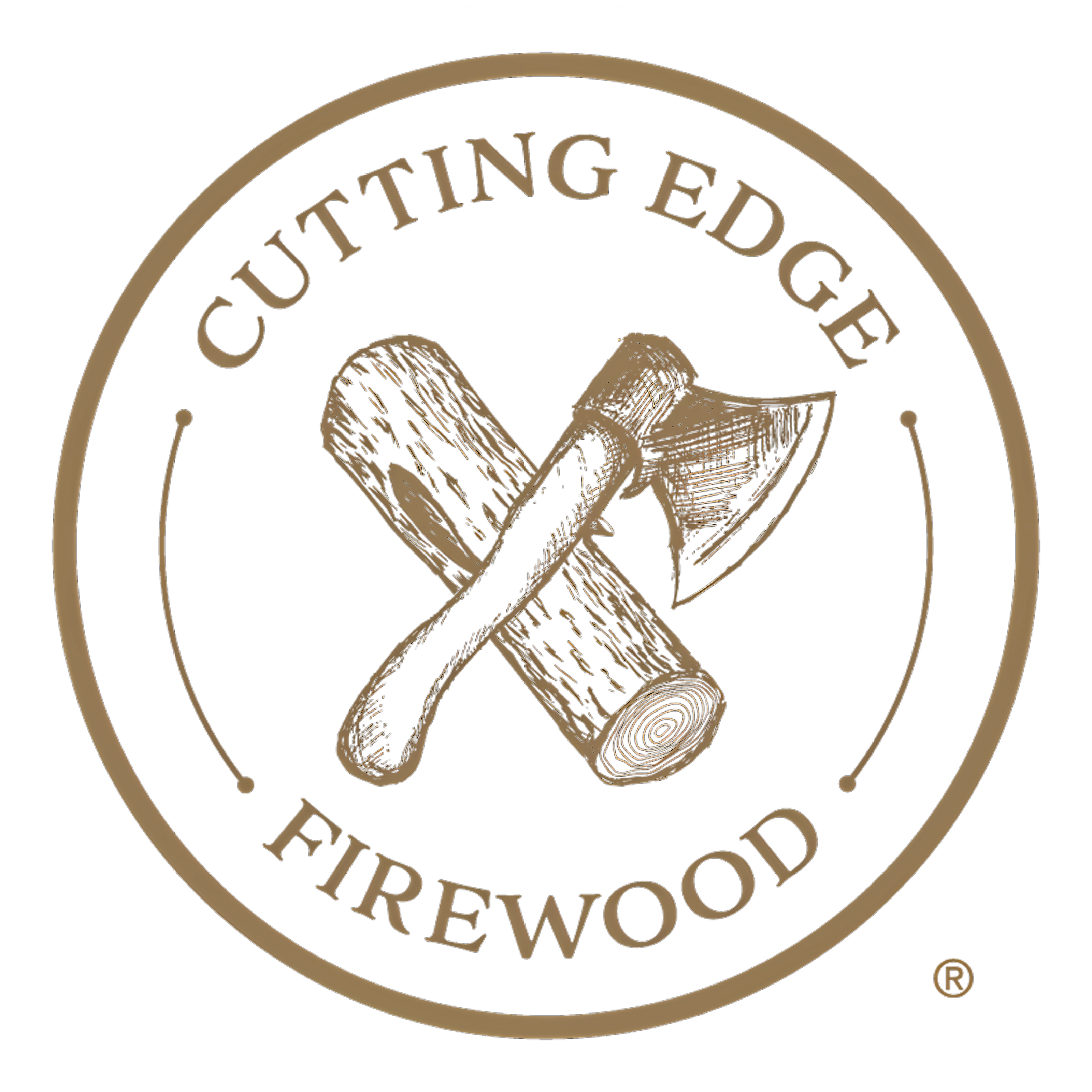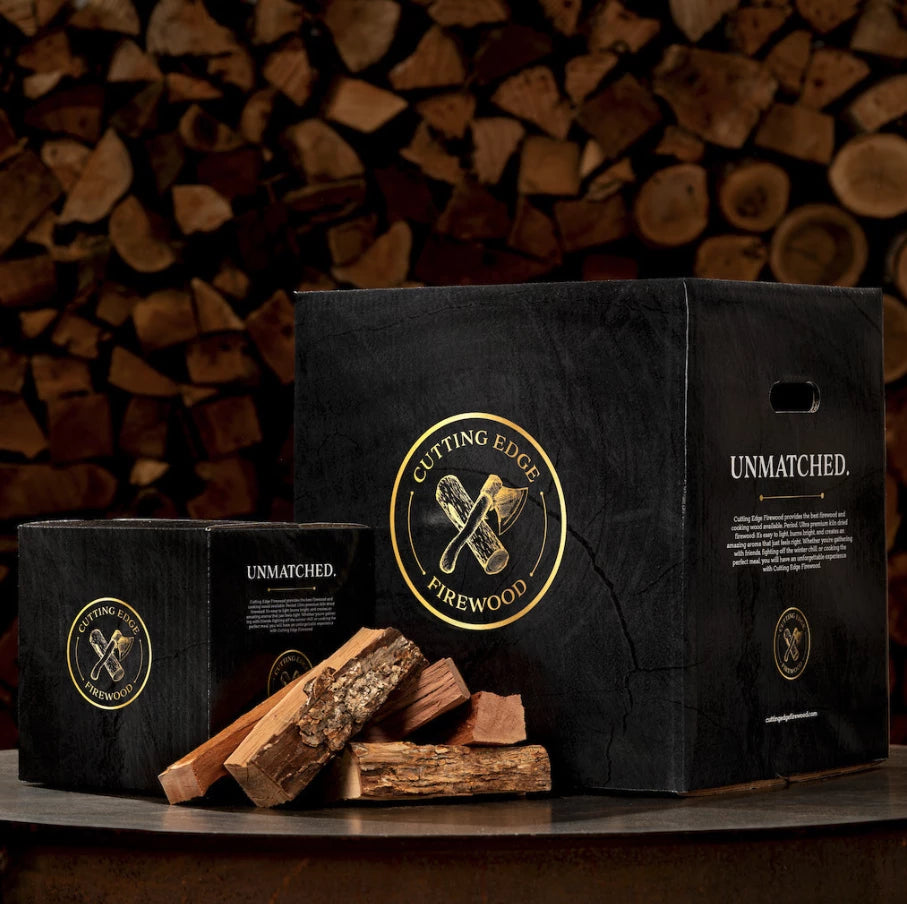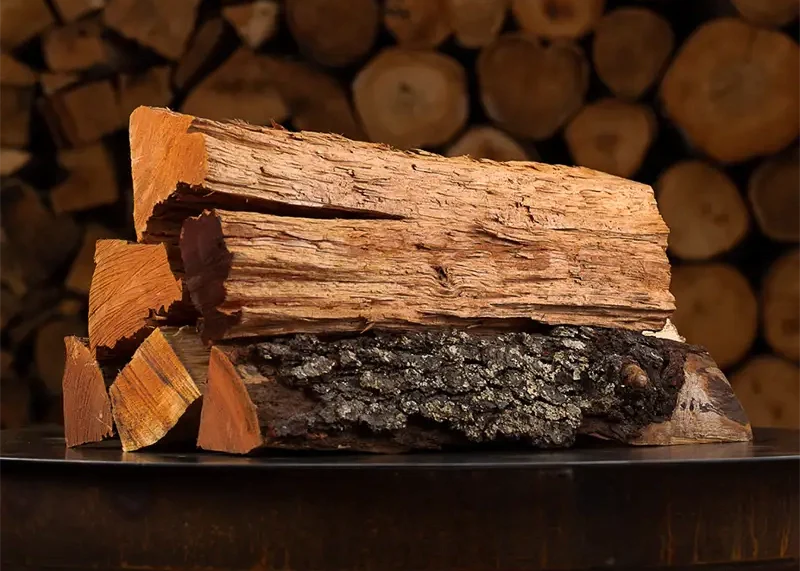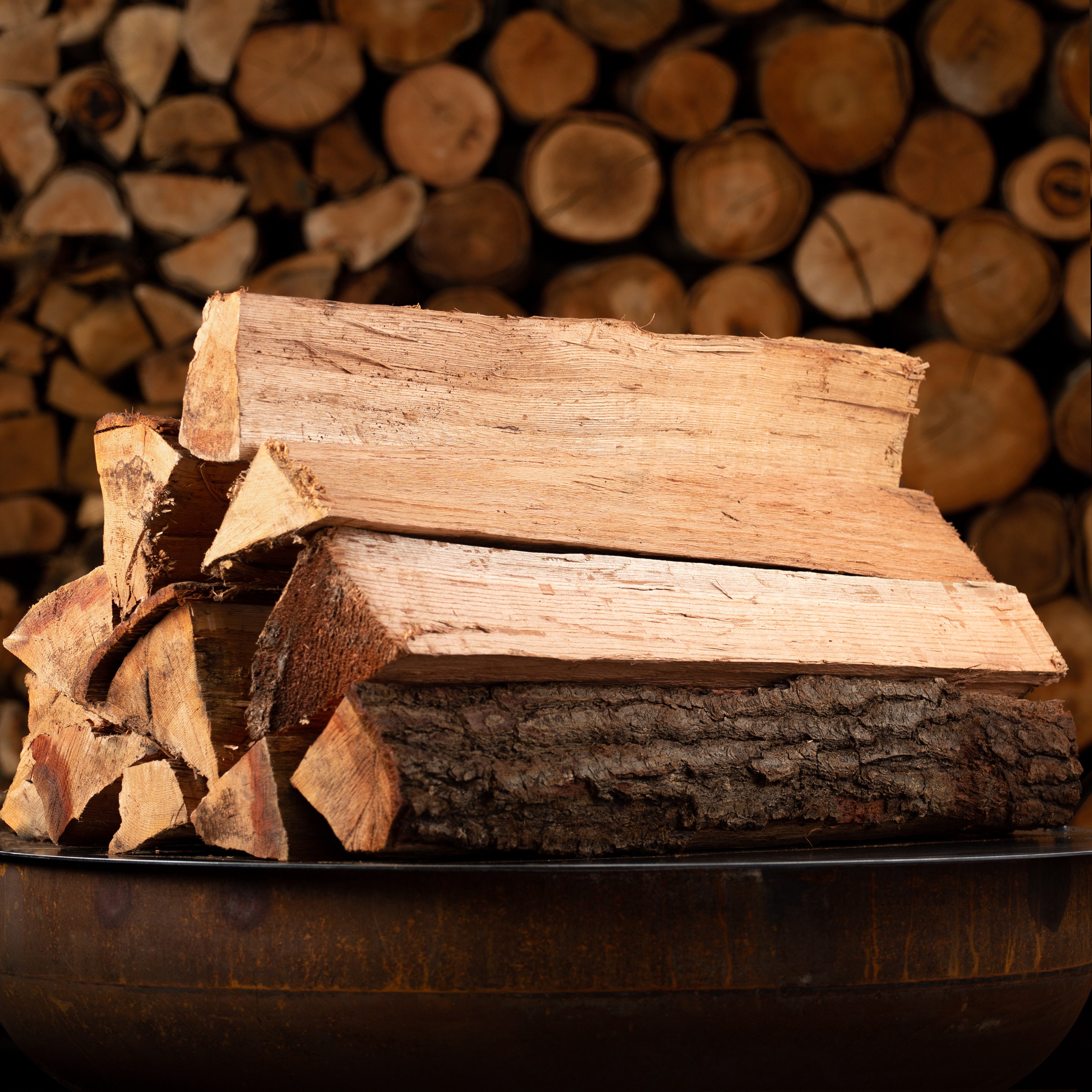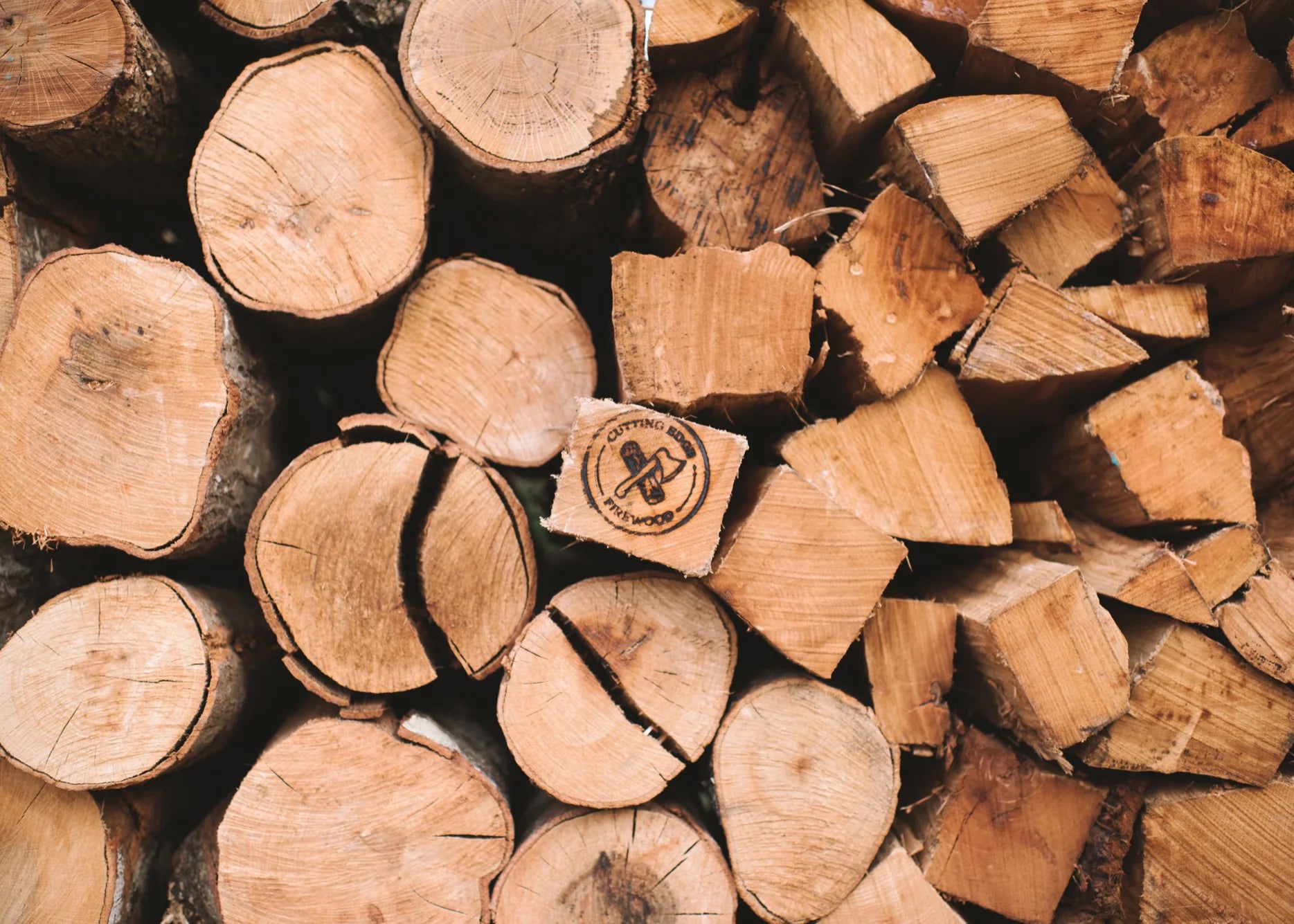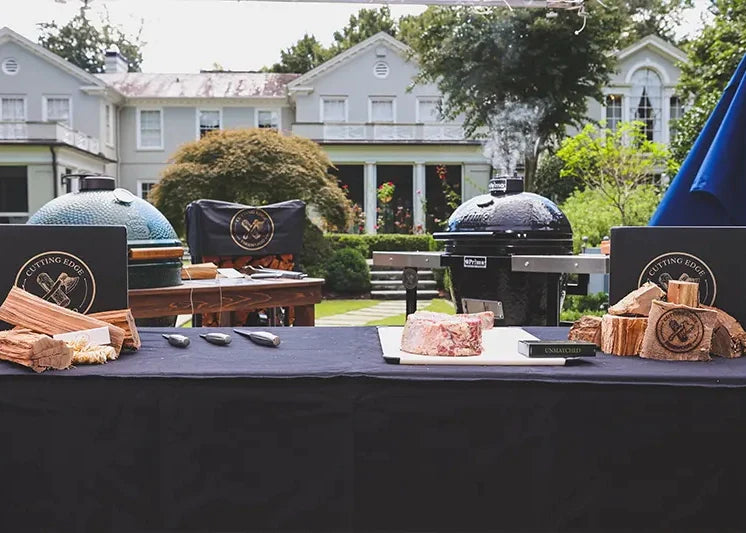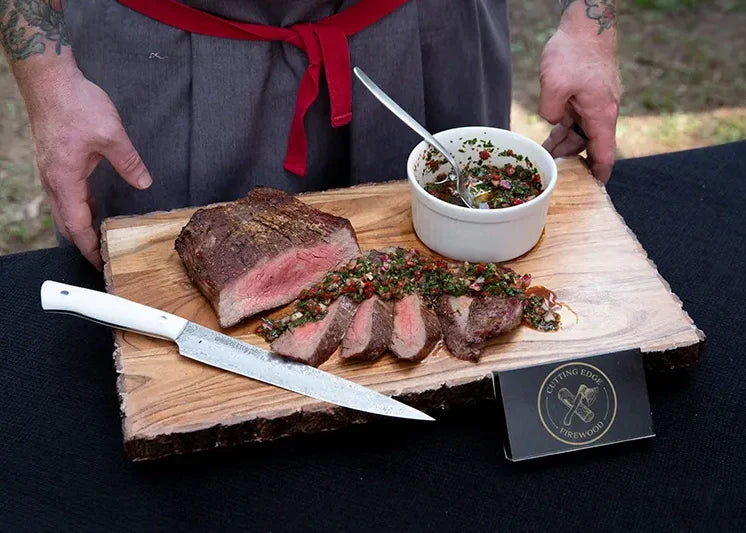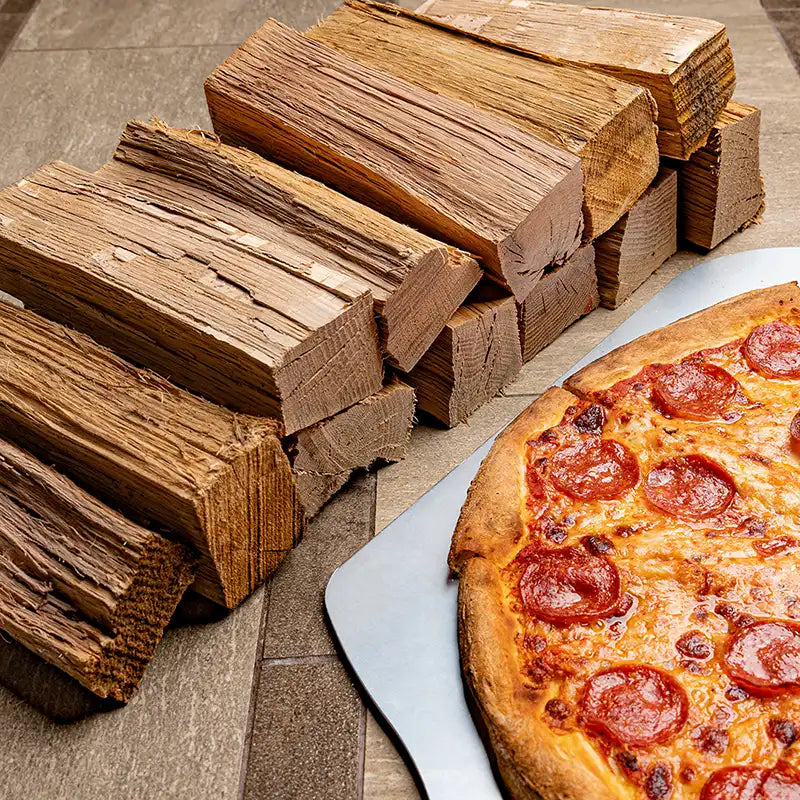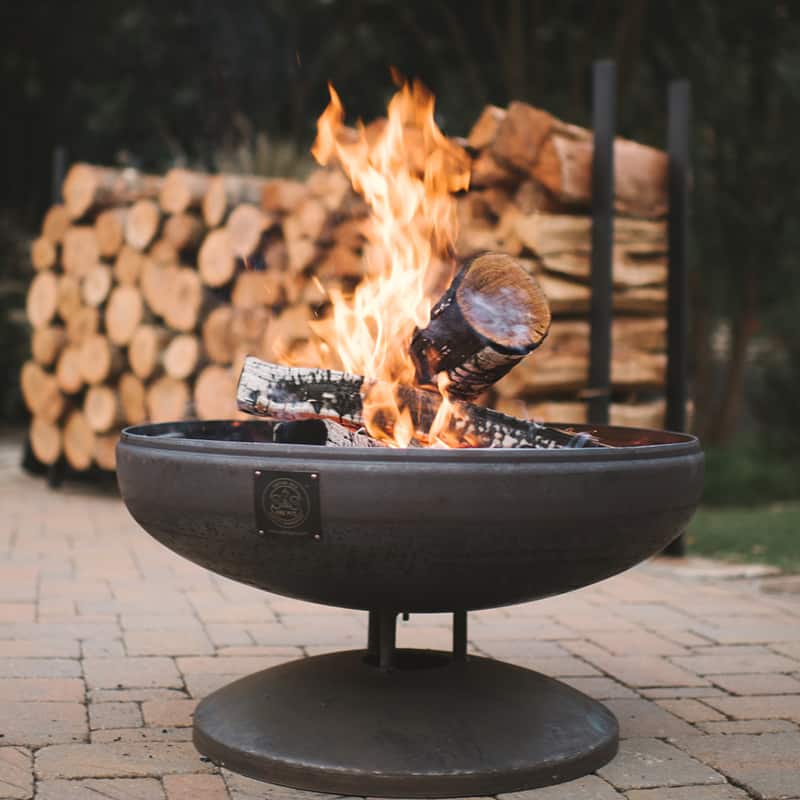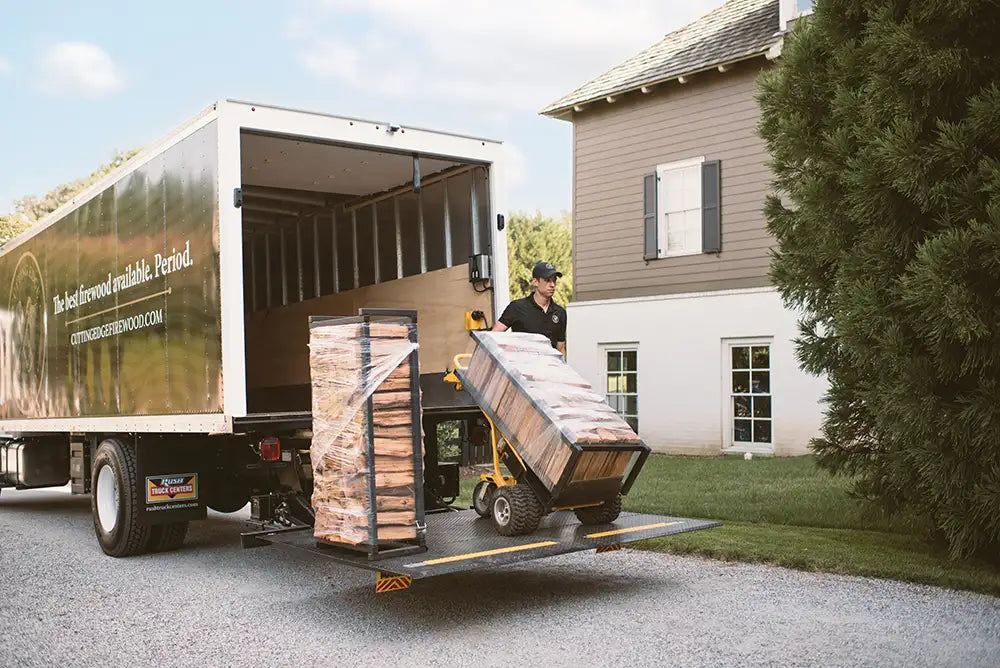When shopping for firewood, you should consider whether it's a hardwood or softwood. Naturally grown and harvested wood is classified as either hardwood or softwood. Upon hearing these terms, you may assume that hardwood is literally harder and stronger than its softwood counterpart, but this isn't necessarily true. Some softwoods are actually harder than hardwoods. So, what's the difference between hardwood and softwood, and which one should you burn?
Seed Structure and Reproduction
There are more than 60,000 species of trees in the world, according to the Botanical Gardens Conservation International (BGCI). While all trees use seeds to reproduce, the type of seeds that they use varies depending on whether they are hardwood or softwood. Hardwood trees, also known as angiosperm trees, grow seed-filled flowers that bees and other insects pick up and use for pollination. In comparison, softwood trees, also known as gymnosperm, grow seed-filled cones that are carried by the air and rain.
Pine trees, for example, are considered a softwood because they produce seed-filled cones. Oak trees, on the other hand, are considered a hardwood because they produce flowers with acorn seeds. Both types of trees reproduce using seeds. The key difference between hardwoods and softwoods, however, is that the former grows seed-filled flowers, whereas the latter grows seed-filled cones. The physical hardness of a tree doesn't determine whether it's a hardwood or softwood. This classification is based solely on the botanical classification of its reproduction method.
Leaf Shedding
Another difference between hardwood and softwood trees is that only hardwoods shed all or most their leaves once a year, whereas softwoods retain their leaves throughout the year. When the first cold snap arrives, hardwoods typically lose their leaves. If you have an oak tree growing in your yard, you may discover its leaves blanketing your landscape during fall or early winter. A softwood like a pine tree, however, will retain its leaves -- even during cold, sub-freezing temperatures. This is why softwoods are considered evergreen trees and hardwoods are considered deciduous.
Examples of softwood include the following:
- Fir
- Juniper
- Redwood
- Spruce
- Yew
- Pine
Examples of hardwood include the following:
- Alder
- Ash
- Beech
- Basswood
- Black cherry
- hickory wood for sale
- Maple
- Oak
- Teak
- Walnut
- Cottonwood
- Elm
- Balsa
- Locust
- Magnolia
- Popular
- Willow
- Sycamore
- Sweetgum
- Tupelo
Most Lumber Is Softwood
Statistics show that 90 percent of all lumber harvested in the world consists of softwood. It's used to make everything from kitchen tables and cabinets to kids' toys, construction materials, guitars and more. So, why do companies prefer softwood over hardwood? There are a few reasons for its popularity, the most influential being the cost. Softwood trees cost less to grow and harvest than hardwood trees, allowing companies to reduce their operational expenses and, subsequently, increase their profits.
Softwood trees also grow more quickly than hardwood trees. It may take a softwood just 10 or 20 years to mature, but it can take a hardwood anywhere from 25 to 100 years to fully mature. Many companies simply aren't willing to wait for hardwood trees to grow, so they choose softwood instead.
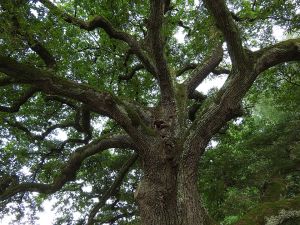
Why Hardwood Firewood Is Better Than Softwood
Although softwood is the leading type of lumbar, hardwood performs better when used as firewood. Therefore, you should consider using hardwood in your fire pit, fireplace or wood-burning stove. Hardwoods are typically denser than softwoods, so they naturally burn longer. A softwood log may burn for less than an hour, whereas a hardwood log of the same size may burn for several hours. By building a fire with hardwood logs, you can spend more time relaxing and enjoying the fire and less time transporting firewood.
Hardwood also burns hotter than softwood. Considering that heat is one of the most common reasons for building a fire, this alone is a huge benefit that shouldn't be overlooked. You'll create a hotter fire by burning hardwood, which you can use to create warmth or cook foods with.
The only real disadvantage to using hardwood is that it takes longer to season than softwood. But you can overcome this problem by ordering hardwood firewood that's already been seasoned or kiln-dried. Once it arrives at your doorstep, you can immediately use it. There's no need to let it "air dry" for months on end.
What's the Best Hardwood to Burn?
Certain types of hardwood are better to burn than others. Balsa, for example, is relatively soft and not very dense. Instead, consider a harder, denser hardwood like hickory, oak or cherry. Hickory firewood is often preferred because of its long burn time, aroma, minimal smoke production and hot flame.
For the best deals on high-quality hardwood firewood, visit our order page now! Cutting Edge Firewood is the industry's firewood for sale and related fireside accessories.
